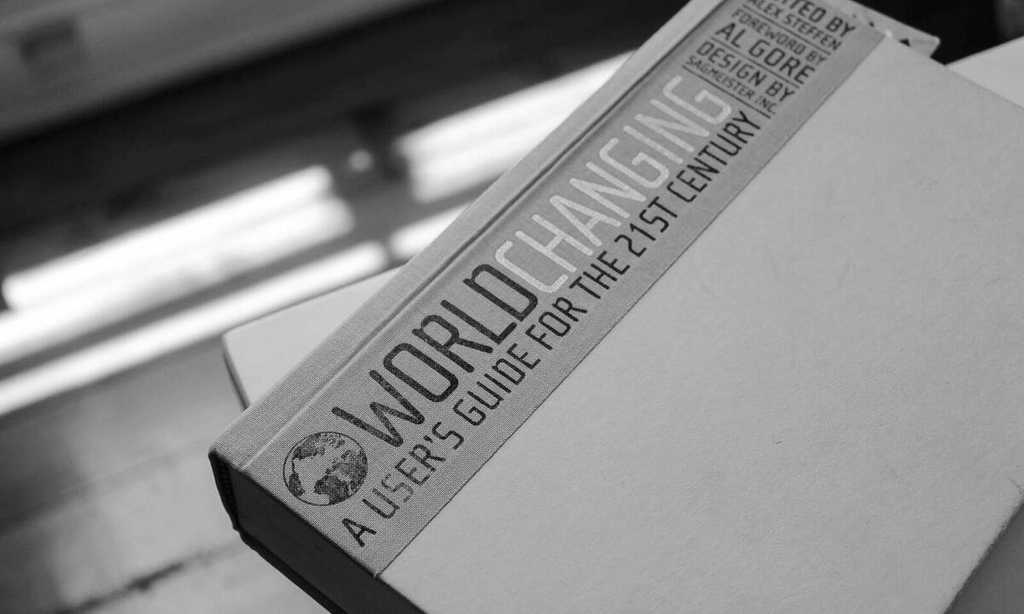How to take action towards digital sufficiency?
Over the past twenty years, digital technology has become an integral part of our lifestyles, and we are becoming increasingly aware of its ever-increasing impact. According to The Shift Project, digital technology will account for up to 8% of greenhouse gases by 2030.
How can we reverse the trend? How can we change our practices to make digital technology more respectful of our planet and of people?
This is called digital sufficiency. It means moderating things, asking questions about our uses, our design and our various uses.
How do we moderate? Well, by making a better choice of energy, metals, the work needed to manufacture a product and above all by taking into account the life cycle. But how can we apply this concept to digital services?
The environmental impact of information systems
Regarding the consequences of polluting emissions according to Les Horizons https://leshorizons.net/infographie-pollution-numerique-chiffres/
the digital sector is responsible for 4% of greenhouse gas emissions, and that there will be a huge increase by 2025.
In terms of digital consumption: this represents 10% of electricity consumed each year.
44% of this carbon footprint is due to the manufacture of terminals and 56% to their use, according to the Senate http://www.senat.fr/rap/r19-555/r19-55513.html .
The figures speak for themselves: digital technology is anything but virtual, its impact on the planet is very real. And what about corporate information systems? They only add to this footprint. The weight of applications continues to increase every year, accumulating sofas often unnecessarily. Applications are getting heavier, more machine power. Applications are taking the shortcut of only supporting the latest browser and operating system versions, further contributing to destructive obsolescence. All this creates an ever-increasing environmental footprint.
Designing digital services with a better ecological footprint
How do you go about applying digital sufficiency to digital services?
The first step is already awareness. If all the players are not aware of digital sufficiency, nothing really changes. You cannot change what you are not aware of. An awareness that must then move on to a more concrete stage of action.
There are different approaches to digital sufficiency. The simple things are often the best. Take for example the 3U rule.
3U: Useful, usable, used: this is THE three U's rule for moving towards digital sufficiency. A simple first rule to apply.
Is this functionality useful? Does it meet users' needs or is it just a convenience?
Is this functionality usable? Is the design ergonomic, adapted to usage patterns?
Is the feature used? Will it really be used by users?
To illustrate this 3 U rule: banks all provide an internal messaging system on their platform (web or mobile).
Is this messaging useful? We can ask ourselves the question
Is it usable? Ergonomically, the messaging interface is far from what we are used to using, who wants to use this kind of messaging.
Is it used? almost not, or not at all for many customers
This feature does not respect the 3U rule. An example of digital non-sufficiency.
You will find many other approaches to digital sufficiency, such as Digital4better's agile impact approaches.
Digital sufficiency applied to hardware
The manufacture of hardware (smartphones, PCs, servers....) accounts for 50% of the environmental footprint of digital technology and probably even more of the social footprint.
Sufficiency applied to hardware is no better.
It's almost customary to change phones/computers as soon as the new model is on sale to always meet new superfluous needs. If we want to talk in figures in France: there are 631 million digital devices, i.e. about 11 devices per user. The digital universe represents 6.2% of primary energy consumption.
What about the sourcing of equipment in companies? In order to simplify processes, it is common to see the same hardware purchased for everyone. This approach, which makes it possible to standardise, ignores the needs and real uses that the user will have. It is essential to start with the uses for the equipment. There is no need to equip everyone with double or triple screens for nothing, for example. If you only knew how many screens are abandoned on company premises (we say no to the screen orphanage).
Buying recycled equipment is an excellent reflex, even if it is still complex to apply on a large scale. Similarly, it is essential to think about reuse, first internally and then via external organisations.
From sufficiency to digital frugality
Simply put, this means doing more with less.
Let's take an example together to understand this better.
The illustration of a point of sale or any business, place, on a web platform. This location service is useful, it allows us to know where the point of sale is located; it is usable, we are indeed used to using these services and we can calculate our route directly; it will most probably be used as well. This functionality therefore respects the 3U rule.
How to make this example more frugal? It would be a simple optimised (compressed) image with just a map and an address.
What would be the results? A much better environmental footprint obviously, the development cost would be lower, the user will have a better technical performance because the page will display faster.
An example of frugality versus sufficiency.
The question is of course not to do this for all services, but to ask the question of frugality in certain cases.
Frugality is also an innovation. Another example: if products are simpler in their manufacture, they will most likely be easier to repair. And here we come back to the excellent principles of the circular economy.
Author : Clémence Marin
